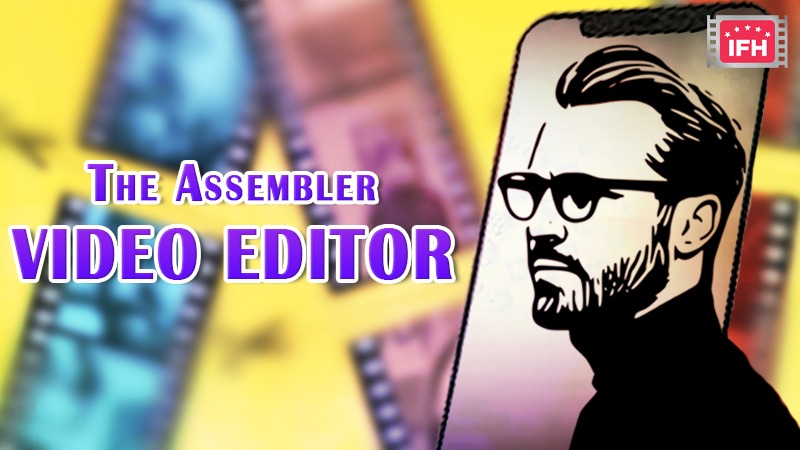
As an essential member of the film production team, a Director of Photography (DOP) plays a crucial role in the process of storytelling. A DOP works closely with the director, producers, and other department heads to bring the story to life through the lens of the camera. In the world of filmmaking, there are several critical roles that are crucial to the production of a successful film. The role of the Director of Photography, or DOP, is one of the most important. A DOP is responsible for the visual language of the film, working with the director to create a unique and cohesive visual style for the project. The primary responsibility of a DOP is to translate the director’s vision into a visual language that conveys the story’s emotions and themes. The DOP works closely with the director to determine the camera angles, lighting, and camera movement that will best capture the story’s essence. In many cases, the DOP will also work with the production designer to ensure that the set design and costume choices are visually complementary to the overall look and feel of the film.

A DOP’s technical knowledge of camera equipment and lighting is also essential to creating a cinematic masterpiece. They need to be experts in camera techniques, including shot composition, camera movement, and focus. A DOP must be knowledgeable about lighting, including natural light and artificial light, as well as color temperature and light intensity. This knowledge is critical to ensuring that the visual language of the film is cohesive, aesthetically pleasing, and emotionally effective. The role of the DOP is particularly important in creating a mood and atmosphere for a film. Whether it’s a dark and moody thriller or a bright and breezy romantic comedy, the DOP’s lighting and camera techniques set the tone and convey the intended emotion. The DOP must be a master of the emotional language of film and use camera and lighting to elicit emotional responses from the audience.

In addition to their creative role, a DOP must also be a strong leader, able to manage and direct a large team of camera operators, gaffers, and grips. The DOP must also have excellent communication skills, as they need to collaborate with the director and other department heads to ensure that the visual language of the film is cohesive and effective. When it comes to creating a successful film, the role of the DOP is critical. They are the artist behind the lens, creating the visual language that is central to the film’s success. The best DOPs are those who can bring a unique and creative perspective to the table, working with the director to create a visual language that is both aesthetically pleasing and emotionally effective. Many famous filmmakers have credited their DOPs with being integral to their success. For example, Stanley Kubrick worked with several DOPs throughout his career, including John Alcott, who won an Academy Award for his work on Barry Lyndon. Similarly, Martin Scorsese has worked with several DOPs, including Robert Richardson, who won an Academy Award for his work on Hugo.









